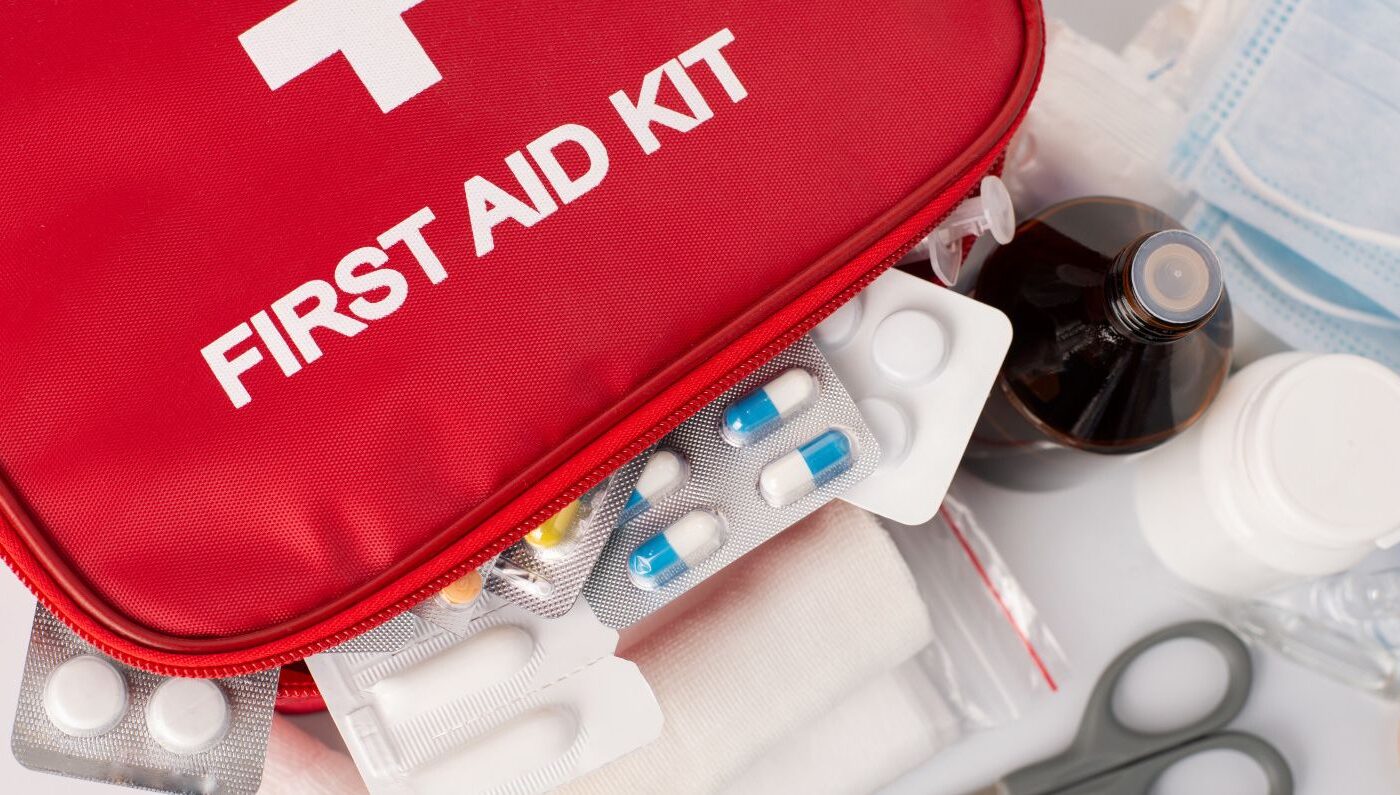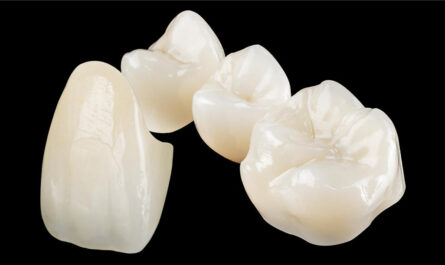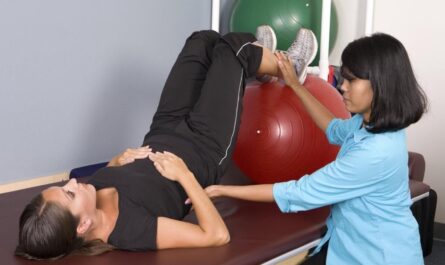What is a First Aid Kit?
A first aid kit is a collection of supplies and emergency medical equipment used to give medical treatment to someone that is injured or suddenly becomes ill. It is intended to be used by non-experts in an emergency before professional medical help arrives. Having a well-stocked First Aid Kit can help treat minor injuries and stabilize someone until emergency services can take over.
Essential First Aid Supplies
There are certain core items that should always be included in any basic first aid kit:
Sterile bandages and gauze pads: Bandages are used to cover wounds and protect them from infection. You’ll want to include various sizes of adhesive bandages as well as sterile gauze pads for larger cuts and wounds. Gauze pads can also be used as a pressure bandage.
Antiseptic wipes or spray: An antiseptic is used to clean wounds and prevent infection. Look for wipes that contain isopropyl alcohol or another antimicrobial agent. Sprays are also convenient to sanitize wounds.
Adhesive tape: Besides bandages, tape can also be used to secure dressings or splints in place. Narrow medical tape works best.
Pain relievers: At minimum, your kit should contain acetaminophen or ibuprofen to relieve pain and reduce fever. Avoid aspirin for children.
Antibiotic ointment: An ointment containing bacitracin or another antibiotic helps prevent infection in minor cuts and scrapes. Apply a thin layer to any open wounds.
Instant cold pack: Cold packs can help reduce swelling for minor sprains or injuries. They should be cracked to activate.
Emergency blanket: A lightweight heat reflective blanket can prevent loss of body heat in emergencies when waiting for medical help.
First aid guide: Keep written or digital instructions on proper first aid protocols for common injuries along with any other vital emergency information.
Other Useful Supplies
There are some additional supplies that expand your First Aid Kit capabilities for treating more serious injuries:
Medical exam gloves: Latex or nitrile gloves will protect you from contact with blood or other bodily fluids during treatment.
CPR breathing barrier: A one-way mask will allow rescue breathing to be administered during CPR compressions.
Triangle bandages: These large dressings can be used as slings, tourniquets, or other wrapping when standard bandages aren’t suitable.
Rolled gauze or Coban: Stretchy wraps like coban are used to help secure slings, splints, or other dressings in place. Rolled gauze works similarly.
Eye dressing: A sterile eye pad applies gentle pressure to any minor eye injury. For more serious issues, don’t apply any direct pressure or ointments to the eye.
Hydrocortisone cream: Anti-itch creams can provide relief from skin irritations like bug bites or poison ivy.
Rolled cotton: Cotton balls or cotton strips absorb liquids and can aid in cleaning wounds.
Tweezers: Useful for removing splinters or other small foreign objects from the skin. Make sure they are quality stainless steel.
Thermometer: An oral or no-touch thermometer is key for detecting fevers. Take and record temperatures if illness is suspected.
Medications: Consider including medications on your kit based on expected injuries like allergies, asthma inhalers, motion sickness pills, etc. Always check and follow any expiration dates.
First Aid Replenishment and Rotation
Make sure to check expiration dates on any medical supplies or medications in your first aid kit at least twice a year. Replace anything that has expired or is running low. Finally, after every use of items from your kit, replenish what was consumed to ensure being fully stocked at all times. Proper rotation and replenishment will guarantee your first aid supplies are always fresh when an emergency arises. With the essential items outlined above, you’ll be fully equipped to handle minor medical needs until more advanced care can take over.
*Note:
1. Source: Coherent Market Insights, Public sources, Desk research
2. We have leveraged AI tools to mine information and compile it.



